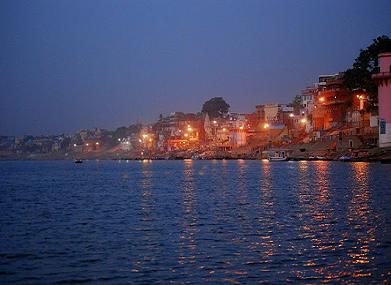
At Bhagalpur, the river begins to flow south-southeast and at Pakur, it begins its attrition with the branching away of its first distributary, the Bhāgirathi-Hooghly, which goes on to become the Hooghly River. The Kosi is the third largest tributary of the Ganges, after the Ghaghara(Karnali) and Yamuna.Īlong the way between Allahabad and Malda, West Bengal, the Ganges passes the towns of Chunar, Mirzapur, Varanasi, Ghazipur, Patna, Bhagalpur, Ballia, Buxar, Simaria, Sultanganj, and Saidpur. The Gandaki River, then the Kosi River, join from the north flowing from Nepal, contributing about 1,654 m3/s (58,400 cu ft/s) and 2,166 m3/s (76,500 cu ft/s), respectively. After the Ghaghara(Karnali) confluence the Ganges is joined from the south by the Son River, contributing about 1,000 m3/s (35,000 cu ft/s). The Ghaghara(Karnali), with its average annual flow of about 2,990 m3/s (106,000 cu ft/s), is the largest tributary of the Ganges. Then the Ghaghara River(Karnali River), also flowing south from the Himalayas of Nepal, joins. The Gomti contributes an average annual flow of about 234 m3/s (8,300 cu ft/s). After the Tamsa the Gomti River joins, flowing south from the Himalayas. Now flowing east, the river meets the Tamsa River (also called Tons), which flows north from the Kaimur Range and contributes an average flow of about 190 m3/s (6,700 cu ft/s). At their confluence the Yamuna is larger than the Ganges, contributing about 2,950 m3/s (104,000 cu ft/s), or about 58.5% of the combined flow. The Ganges joins the Yamuna at the Triveni Sangam at Allahabad, a holy confluence in Hinduism. Along the way it is joined by the Ramganga, which contributes an average annual flow of about 500 m3/s (18,000 cu ft/s).

The Ganges follows an 800-kilometre (500 mi) arching course passing through the cities of Kannauj, Farukhabad, and Kanpur. At Haridwar, a dam diverts some of its waters into the Ganges Canal, which irrigates the Doab region of Uttar Pradesh, whereas the river, whose course has been roughly southwest until this point, now begins to flow southeast through the plains of northern India. They are, in downstream order: Vishnuprayag, where the Dhauliganga joins the Alaknanda Nandprayag, where the Nandakini joins Karnaprayag, where the Pindar joins Rudraprayag, where the Mandakini joins and, finally, Devprayag, where the Bhagirathi joins the Alaknanda to form the Ganges River proper.Īfter flowing 250 kilometres (160 mi) through its narrow Himalayan valley, the Ganges emerges from the mountains at Rishikesh, then debouches onto the Gangetic Plain at the pilgrimage town of Haridwar. The five confluences, known as the Panch Prayag, are all along the Alaknanda. The six headstreams are the Alaknanda, Dhauliganga, Nandakini, Pindar, Mandakini, and Bhagirathi rivers. The headstreams and rivers are labeled in italics the heights of the mountains, lakes, and towns are displayed in parentheses in metres.Īlthough many small streams comprise the headwaters of the Ganges, the six longest and their five confluences are considered sacred.

The Himalayan headwaters of the Ganges river in the Garhwal region of Uttarakhand, India. The Bhagirathi rises at the foot of Gangotri Glacier, at Gaumukh, at an elevation of 3,892 m (12,769 ft). The Bhagirathi is considered to be the true source in Hindu culture and mythology, although the Alaknanda is longer The headwaters of the Alakananda are formed by snowmelt from such peaks as Nanda Devi, Trisul, and Kamet. The Ganges begins at the confluence of the Bhagirathi and Alaknanda rivers at Devprayag. The Ganga Action Plan, an environmental initiative to clean up the river, has been a major failure thus far, due to corruption, lack of technical expertise, poor environmental planning, and lack of support from religious authorities. Pollution threatens not only humans, but also more than 140 fish species, 90 amphibian species and the endangered Ganges river dolphin. The Ganges was ranked as the fifth most polluted river of the world in 2007.


 0 kommentar(er)
0 kommentar(er)
